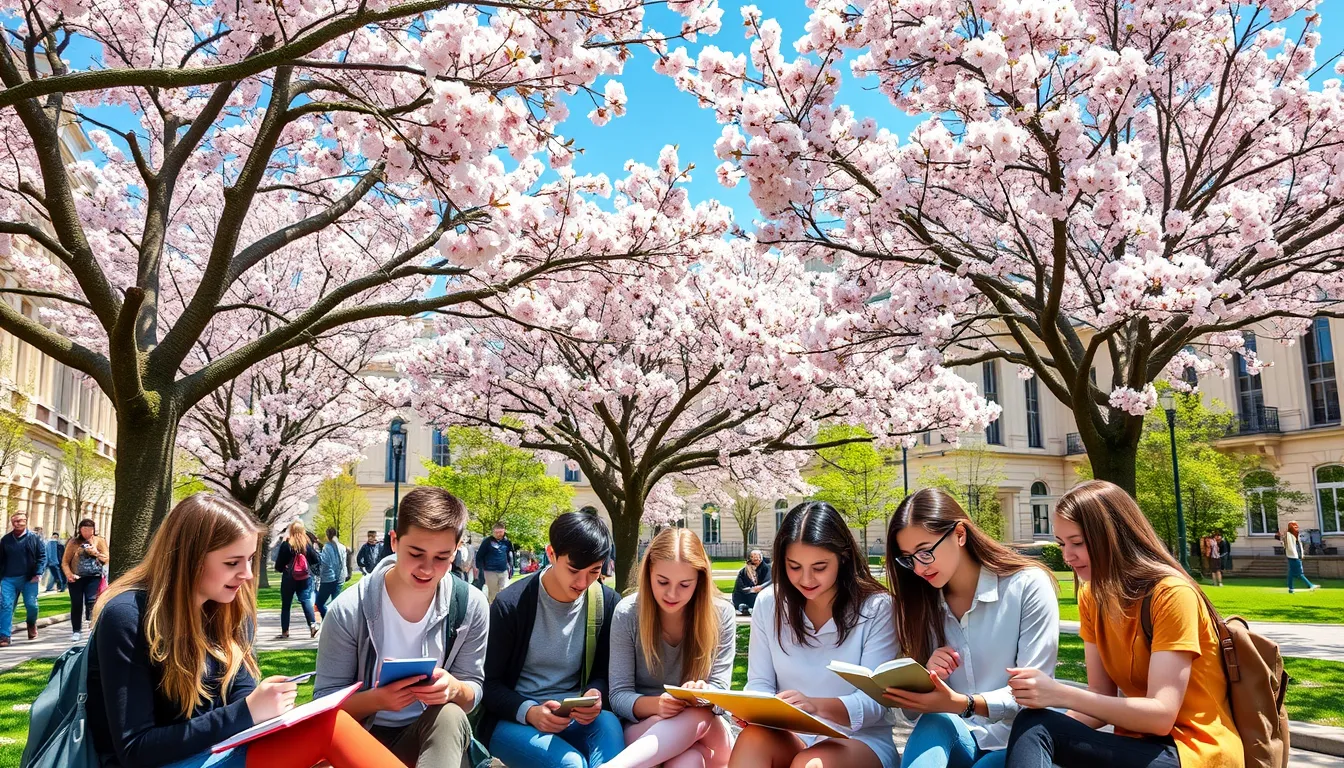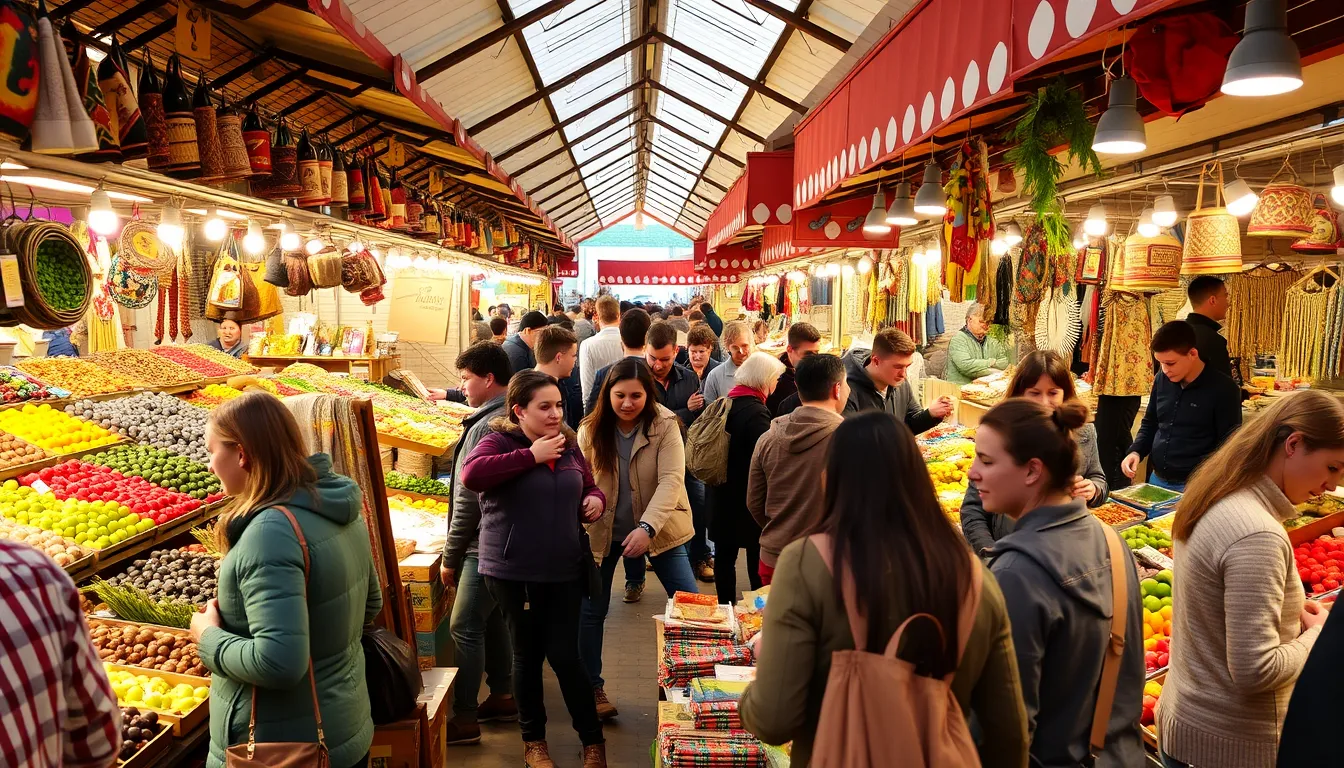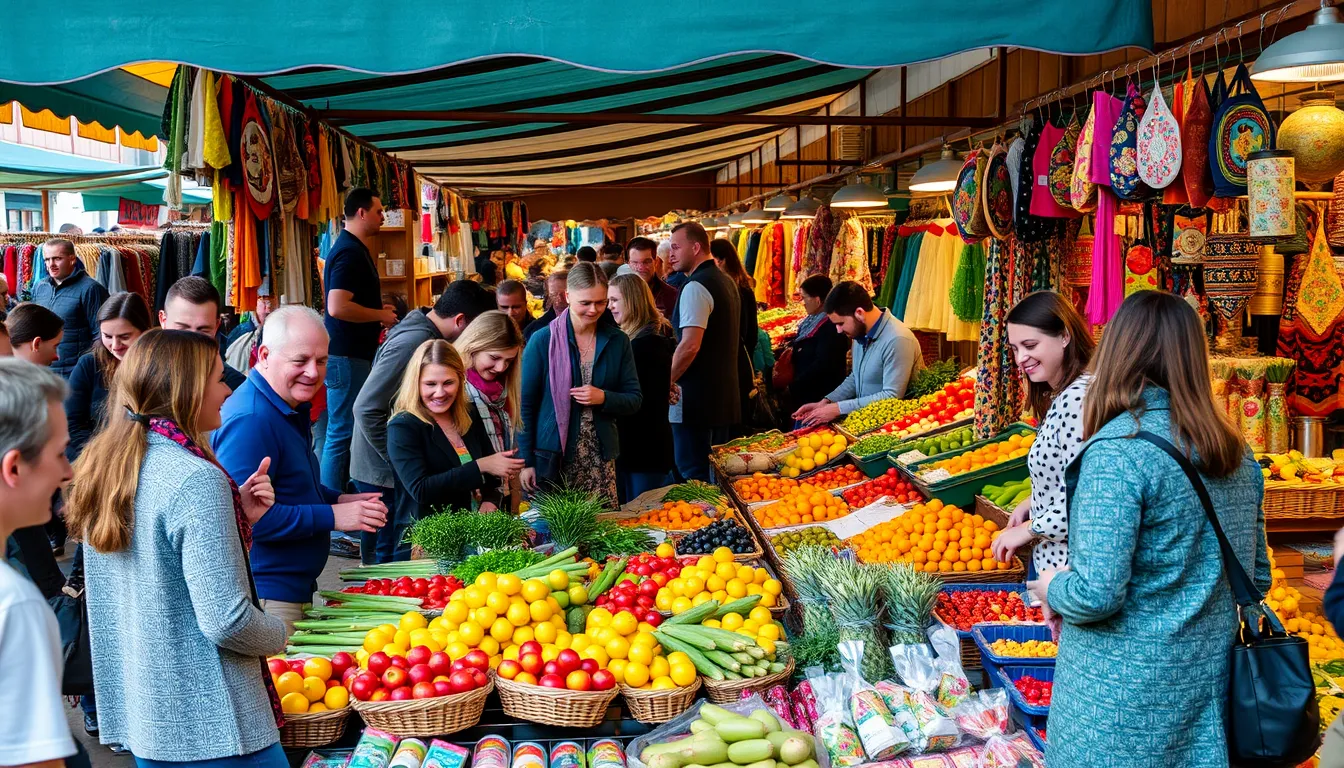Lviv, a vibrant city in western Ukraine, is characterized by a rich history and a dynamic culture that significantly influences its demographics. As a geographical hub in the region, the Lviv population reflects a unique blend of various cultural and ethnic backgrounds. The city has a long-standing reputation as a center of education, art, and commerce, attracting individuals from different regions and countries.
With a current population estimated at over 700,000, Lviv is one of Ukraine’s largest cities. This bustling population contributes to the city’s diverse social fabric and economic vitality. Over the years, Lviv has faced various demographic challenges and changes, influenced by historical events, economic conditions, and migration patterns.
The demographics of Lviv are further enriched by the presence of educational institutions, such as universities and colleges, which draw students from across Ukraine and abroad. This influx of young people contributes to a lively and innovative atmosphere, fostering a sense of community that transcends cultural boundaries.
In terms of urbanization, Lviv has seen significant growth as a result of both internal and external migration. Many individuals have moved to the city in search of better job opportunities and quality of life, adding to the richness of the Lviv population. The city also serves as a gateway for international tourists, who contribute to the local economy and interact with the diverse resident population.
Lviv is becoming increasingly cosmopolitan, with a developing tech scene and a growing interest in local cultural events, further enhancing the city’s appeal. Thus, the Lviv population is not only a reflection of the city’s history but also a testament to its ongoing evolution and adaptability in an ever-changing world.
Historical Population Trends
The historical demographic trends of Lviv reveal fascinating insights about the city’s evolution and resilience over the centuries. Established in the mid-13th century, Lviv has undergone numerous transformations shaped by various political, social, and economic factors. The city has witnessed significant population shifts due to wars, territorial changes, and economic migrations, each leaving an indelible mark on its demographic landscape.
In the late 19th and early 20th centuries, during the Austrian Empire’s influence, Lviv experienced considerable growth. The population surged as industries developed, and opportunities attracted immigrants from different parts of Europe. By the onset of World War I, the Lviv population had swelled to around 200,000 residents, showcasing the city as a key cultural and commercial center in the region.
However, the interwar period brought political turmoil and demographic instability. The changing borders post-World War I altered the ethnic composition significantly. Many inhabitants, particularly Poles and Jews, found themselves navigating a new political landscape, and their communities faced stark changes as a result of subsequent diplomatic conflicts and World War II. In the aftermath of these events, the population drastically fluctuated, partly due to the Holocaust and the displacement of various ethnic groups.
By the end of World War II, Lviv had transitioned into Soviet control, which brought further demographic shifts, including the forced resettlement of many ethnic Ukrainians from rural areas into the city. The Soviet period led to a transformation in the demographic makeup as the Soviet regime promoted urbanization, and by the 1980s, the population was estimated at over 400,000.
The collapse of the Soviet Union in 1991 heralded a new era for Lviv, exposing it to both challenges and opportunities. The city saw a wave of emigration as many residents sought new lives abroad, while others returned from different regions, leading to an evolving mix of demographics. Throughout the 1990s and 2000s, the city began to stabilize and attract a younger demographic due to the burgeoning educational sector.
As historical patterns illustrate, Lviv’s population dynamics have been deeply influenced by external events and internal development, showcasing resilience through times of adversity.
Today, the Lviv population reflects a diverse array of ethnicities and cultures, a theme that has persisted despite the tribulations faced throughout history. This multifaceted composition is a testament to Lviv’s historical endurance and its ability to adapt to changing circumstances, creating a contemporary society that thrives on its rich and varied legacy.
Current Population Statistics
The current statistics reflect the dynamic nature of the Lviv population, fluctuating alongside various economic and social factors. As of the latest estimates, Lviv boasts a population of over 700,000, making it one of Ukraine’s largest urban centers. This number positions Lviv as a vital player in both the regional and national contexts, with its inhabitants contributing to a diverse social and economic landscape.
A closer examination of the population distribution reveals a vibrant mix of age groups, with a notable proportion of young people under 30. These young residents primarily stem from the city’s educational institutions, which attract students nationally and internationally. As a result, Lviv has developed a youthful demographic, promoting innovation and cultural dynamism that energizes the community.
The gender ratio in Lviv slightly favors women, reflecting broader demographic trends seen in many urban areas. In Lviv, women comprise approximately 54% of the population, while men account for about 46%. This gender distribution can be attributed to various factors, including migration patterns and employment opportunities that tend to attract more males in search of jobs or better prospects.
Lviv is also characterized by a significant proportion of urban residents living in metropolitan areas. The city has undergone extensive urban development in recent years, with new residential complexes, commercial spaces, and infrastructural advancements feeding into the urbanization trend. The evolving architecture and improved public services are not only enhancing the quality of life but are also attracting further migration, particularly from surrounding regions and rural areas.
| Population Statistics | Details |
|---|---|
| Total Population | Approximately 700,000 |
| Percentage of Young People (under 30) | ~45% |
| Gender Distribution | 54% Female, 46% Male |
| Urban Population | High density in metropolitan areas |
The recent trends indicate a growing interest in Lviv for individuals from various regions seeking better job opportunities and a favorable lifestyle. This migration has not only bolstered the city’s population but has also contributed to its cultural richness, as newcomers bring diverse perspectives and customs, further enhancing the city’s social fabric.
Moreover, Lviv’s economic landscape is shifting, with a budding tech industry and a revitalized tourism sector. These developments have played a crucial role in maintaining the attractiveness of the city for both local and international residents. As Lviv continues to evolve, the population statistics will undoubtedly reflect the city’s ongoing growth and diversification.
Age Distribution and Gender Ratio

The age distribution in Lviv serves as a critical indicator of the city’s demographic vitality and social health. Currently, the city has a notably youthful population profile, with approximately 45% of its residents being under the age of 30. This youthful demographic is largely attributable to the presence of numerous educational institutions, including prestigious universities and colleges, which consistently draw students from both Ukraine and abroad.
This influx of young people not only contributes to the vibrancy of the city but also ensures a dynamic labor market poised for innovation and growth. In addition to students, many young professionals are relocating to Lviv in search of opportunities in burgeoning industries, particularly in tech, arts, and various service sectors. Consequently, the city’s atmosphere is energized by a blend of academic pursuits, entrepreneurial ventures, and lively cultural events that resonate with the youth.
In terms of the gender ratio, Lviv exhibits a slight predominance of females, who make up around 54% of the population, while males account for approximately 46%. This skewed ratio is not uncommon in urban centers and can be attributed to various socio-economic factors, including the migration patterns seen in the labor market. Generally, men are more likely to migrate for work, leaving behind a larger female demographic. Furthermore, women often gravitate towards professions in education and healthcare, which are prominent within the female workforce in Lviv.
The youthful energy and slight gender imbalance represent crucial facets of the Lviv population’s demographic identity, showcasing a city that is not only growing but is also adapting to the evolving societal landscape.
Age groups beyond the youthful segment display a varied distribution as well. The proportion of those aged 30 to 44 constitutes a significant share, aligning with the phases of career establishment and family formation that are common in this demographic. Meanwhile, the elderly population (aged 65 and above) accounts for approximately 15% of the overall population, reflecting broader trends associated with aging in urban environments. This demographic segment benefits from various social programs aimed at enhancing the quality of life, including healthcare services tailored to their needs.
Analyzing the age structure through statistical lenses provides insights into the potential challenges and opportunities that Lviv might face in the future. For instance, as the population ages, there may be an increased demand for healthcare services and age-friendly urban planning. Conversely, the youthful demographic could drive the city towards further innovations in technology, creativity, and sustainability initiatives.
To convey these diverse age segments and their implications, the following table summarizes the age distribution and gender ratio within Lviv:
| Age Group | Percentage of Population |
|---|---|
| Under 30 | 45% |
| 30 to 44 | 25% |
| 45 to 64 | 15% |
| 65 and above | 15% |
The age distribution and gender ratio in Lviv reflect not only the current demographic characteristics but also hint at the future directions for urban development and social policy. As Lviv continues to attract and sustain its diverse population, understanding these metrics will be essential for fostering a cohesive and supportive community.
Cultural and Ethnic Composition
The cultural and ethnic composition of Lviv is a vibrant tapestry woven from the threads of its rich history, historical migrations, and contemporary developments. This city, with its deep-rooted traditions and cosmopolitan atmosphere, is home to numerous ethnic and cultural groups that contribute to its dynamic identity. The Lviv population reflects a diverse range of ethnicities, primarily comprised of Ukrainians, Poles, Jews, and an array of smaller communities.
Ukrainians make up the majority of the population, representing approximately 75% of Lviv’s residents. This demographic is predominantly influenced by the city’s history as a central hub in the western regions of Ukraine and as a historical center for the Ukrainian national movement. The language and cultural practices among Ukrainians remain strong, with local festivals, traditional music, and cuisine reflecting the rich heritage of the nation.
Poles are another significant community in Lviv, accounting for around 15% of the population. Their presence dates back to the city’s days within the Polish-Lithuanian Commonwealth and their influence is still evident in Lviv’s architecture and cultural life. The historic architecture of the city, including churches and public buildings, displays a distinctive Polish cultural imprint. Celebrations of Polish holidays and the preservation of Polish language and culture continue to thrive in various social organizations and educational institutions.
Furthermore, Lviv is known for its Jewish heritage, which has played a crucial role in the city’s history. Prior to World War II, a vibrant Jewish community existed, contributing to the economic and cultural life of Lviv. Though historically diminished due to the tragic events of the Holocaust, the legacy of Jewish culture and traditions is preserved in historical sites and in the ongoing efforts of local organizations to commemorate this rich, albeit painful, history.
Additionally, Lviv’s ethnic minorities include Armenians, Russians, and various smaller ethnic groups. These communities have added layers to Lviv’s cultural mosaic, fostering a unique environment where diverse traditions coexist. Events such as ethnic festivals, art exhibitions, and culinary fairs celebrate this diversity, encouraging intercultural dialogue and understanding among residents.
The mix of cultural influences found within Lviv not only enhances the city’s attractiveness to visitors but also fosters a sense of belonging among its diverse resident population, creating a unique urban identity.
In recent years, international migration has brought new cultures and populations into Lviv. With a growing number of expatriates and foreign students settling in the city, Lviv’s cultural landscape is continually evolving. This influx of new residents has contributed to the revitalization of neighborhoods and introduced global perspectives that enrich the local community. Social hubs, restaurants, and cultural events increasingly reflect this globalized atmosphere, making Lviv an exciting place to live and visit.
The importance of preserving this diverse cultural heritage cannot be understated, and local authorities and organizations have implemented various initiatives to foster inclusivity and protect Lviv’s rich historical sites. Museums, cultural centers, and educational programs play instrumental roles in raising awareness about the city’s ethnic diversity, promoting mutual respect and learning among various groups.
The cultural and ethnic composition of Lviv is an integral part of what defines the city. Its rich blend of traditions and ongoing interactions between different communities paint a picture of a thriving urban environment. As the Lviv population continues to evolve, the city’s cultural diversity will undoubtedly remain one of its most cherished characteristics, shaping its future in a globalized world.
Urbanization and Migration Patterns
Urbanization in Lviv has been significantly shaped by migration patterns, reflecting the city’s burgeoning appeal as a hub for both local and international newcomers. Over the years, Lviv has witnessed considerable internal migration from surrounding rural areas as individuals and families have sought the economic opportunities and urban lifestyle characteristic of larger cities. The expansion of industries, especially in the technology and service sectors, has further fueled this trend, contributing to a more diverse and populous Lviv.
This influx has not only altered the demographics of Lviv but has also enhanced its urban landscape. As the city grows, new residential developments have emerged, catering to the increasing demand for housing. Areas that were once predominantly rural are now witnessing significant transformation, with urban infrastructure improving to meet the needs of a growing population. Public transport, educational institutions, and health services have expanded, ensuring that both newcomers and long-term residents can access essential amenities.
Interestingly, Lviv has also seen a rise in international migration. As economic stability grows and Lviv establishes itself as a center for tech innovation and tourism, foreign nationals are increasingly drawn to the city. This trend has introduced a variety of cultures and perspectives, enriching the social tapestry of Lviv. The arrival of expatriates and foreign students brings an infusion of ideas, thereby fostering a vibrant, cosmopolitan environment that encourages cultural exchange and collaboration.
Moreover, Lviv’s migration patterns are also influenced by seasonal fluctuations. The city experiences waves of tourists, especially during the summer and holiday seasons, which adds to the temporary increase in its population. These visitors not only contribute economically but also engage with the local culture, further enhancing Lviv’s reputation as a cultural destination.
The evolving urban landscape and the diverse migration trends within Lviv highlight the city’s role as a magnet for talent and opportunity, showcasing its adaptability in a constantly changing world.
As Lviv continues to evolve, its urbanization and migration patterns are set to influence various aspects of city life, from economic growth to cultural development. Understanding these dynamics is vital for effective urban planning and social policies that ensure inclusivity and sustainability. The city is gradually transforming into a modern metropolis that respects its historic roots while embracing a future shaped by globalization and innovation.
It is essential to recognize the contribution of the diverse Lviv population in fostering a sense of community. As new residents blend with the long-standing local culture, they enhance Lviv’s identity, creating a unique environment that attracts further interest, both domestically and internationally.


